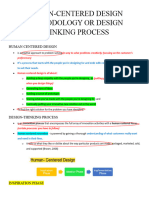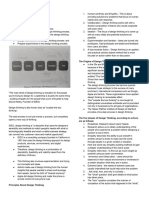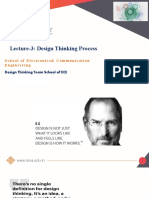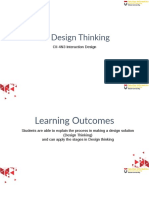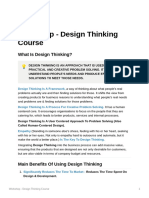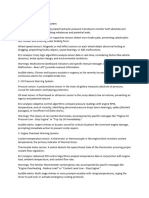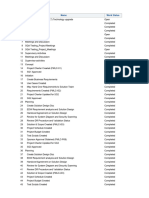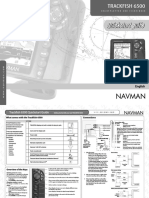0% found this document useful (0 votes)
5 views6 pagesComprehensive Notes Agile
The document provides a comprehensive overview of Design Thinking as a human-centered, iterative problem-solving methodology that prioritizes user needs and fosters innovation through collaboration. It outlines the IBM Design Thinking Framework, which includes principles, an iterative process, and alignment tools to enhance software development. Additionally, it discusses project management fundamentals, defining projects, their lifecycle, and how Design Thinking integrates into project management to improve customer satisfaction and project success.
Uploaded by
Arnaymo 1Copyright
© © All Rights Reserved
We take content rights seriously. If you suspect this is your content, claim it here.
Available Formats
Download as PDF, TXT or read online on Scribd
0% found this document useful (0 votes)
5 views6 pagesComprehensive Notes Agile
The document provides a comprehensive overview of Design Thinking as a human-centered, iterative problem-solving methodology that prioritizes user needs and fosters innovation through collaboration. It outlines the IBM Design Thinking Framework, which includes principles, an iterative process, and alignment tools to enhance software development. Additionally, it discusses project management fundamentals, defining projects, their lifecycle, and how Design Thinking integrates into project management to improve customer satisfaction and project success.
Uploaded by
Arnaymo 1Copyright
© © All Rights Reserved
We take content rights seriously. If you suspect this is your content, claim it here.
Available Formats
Download as PDF, TXT or read online on Scribd
/ 6













